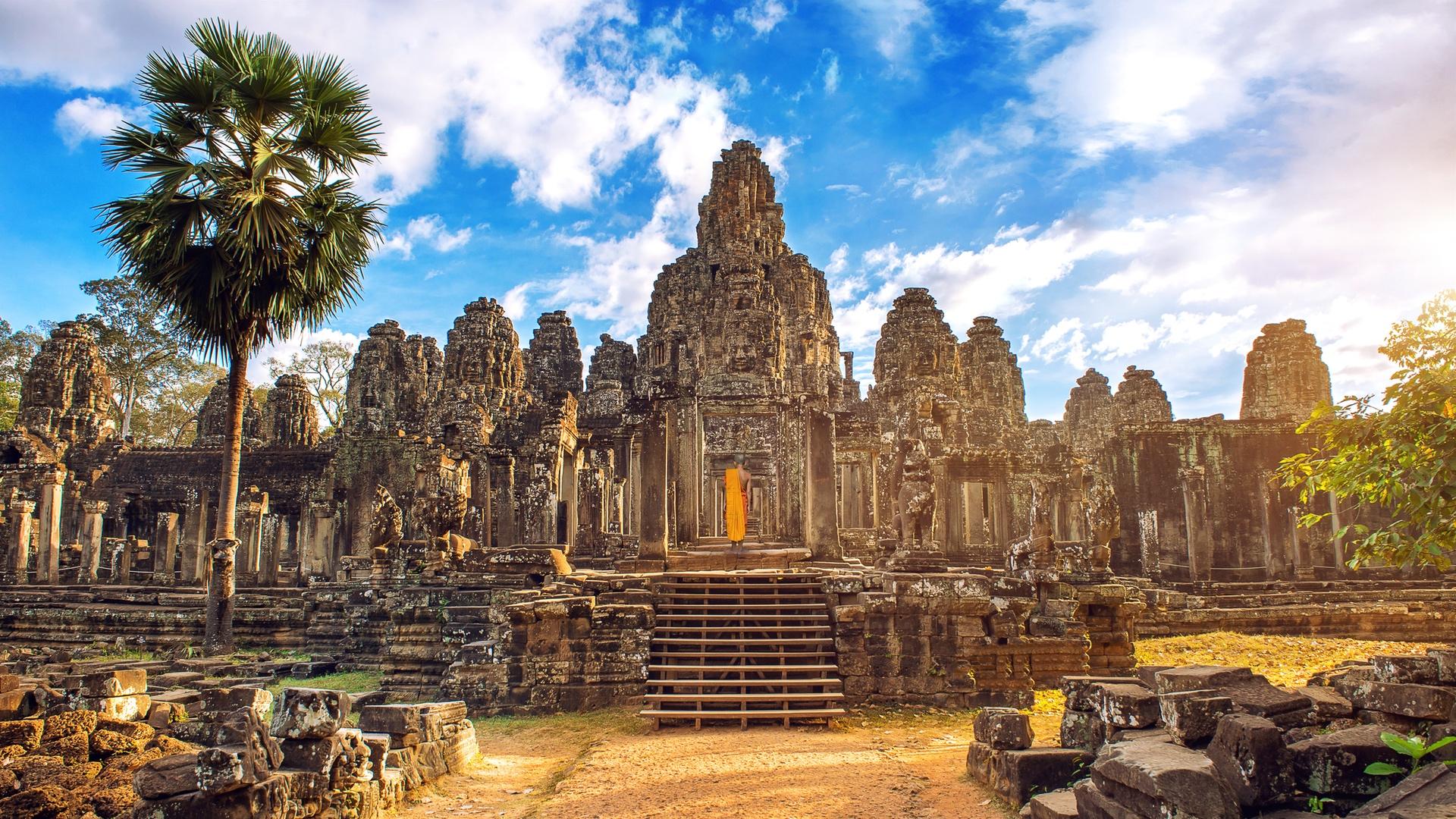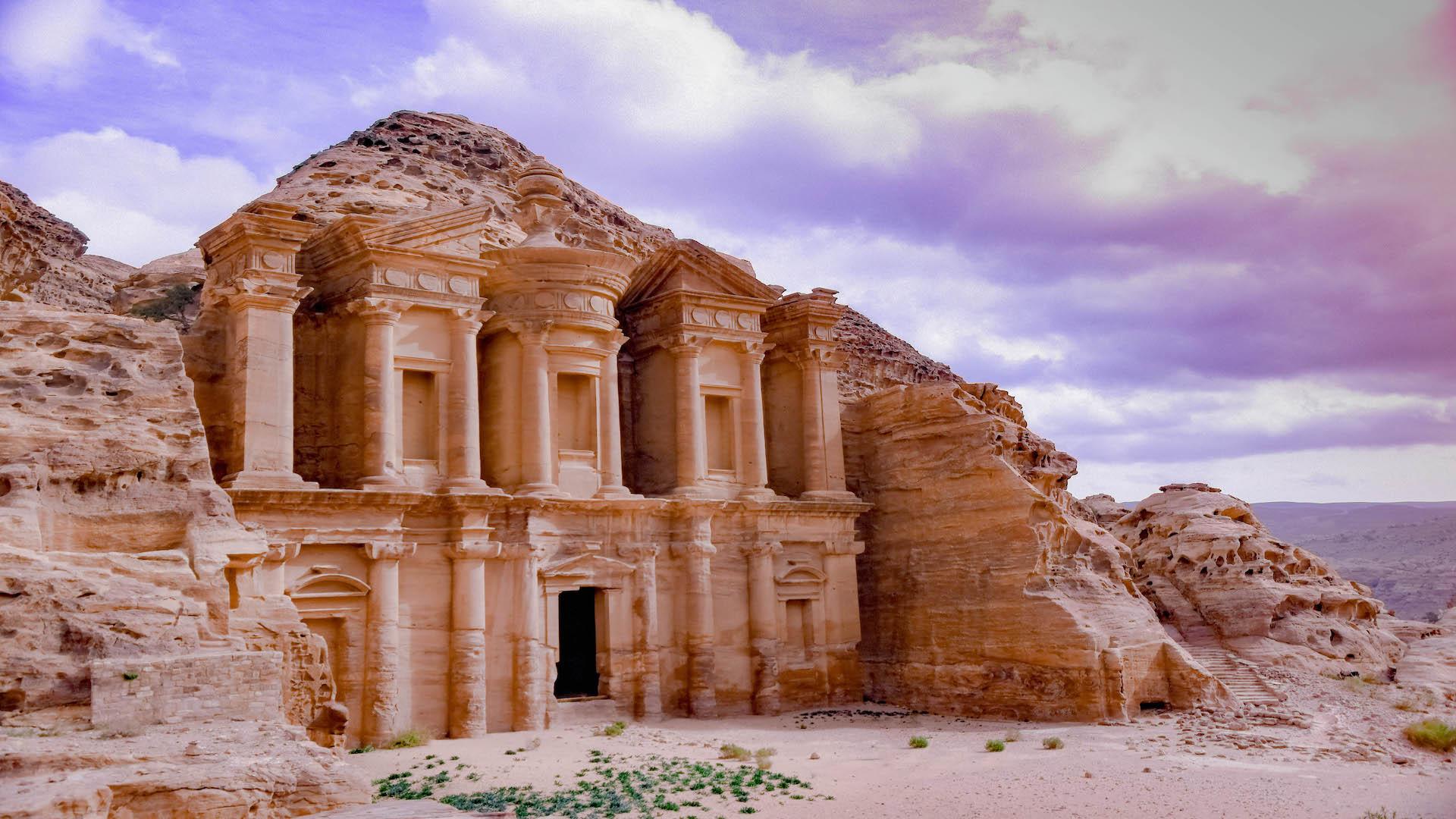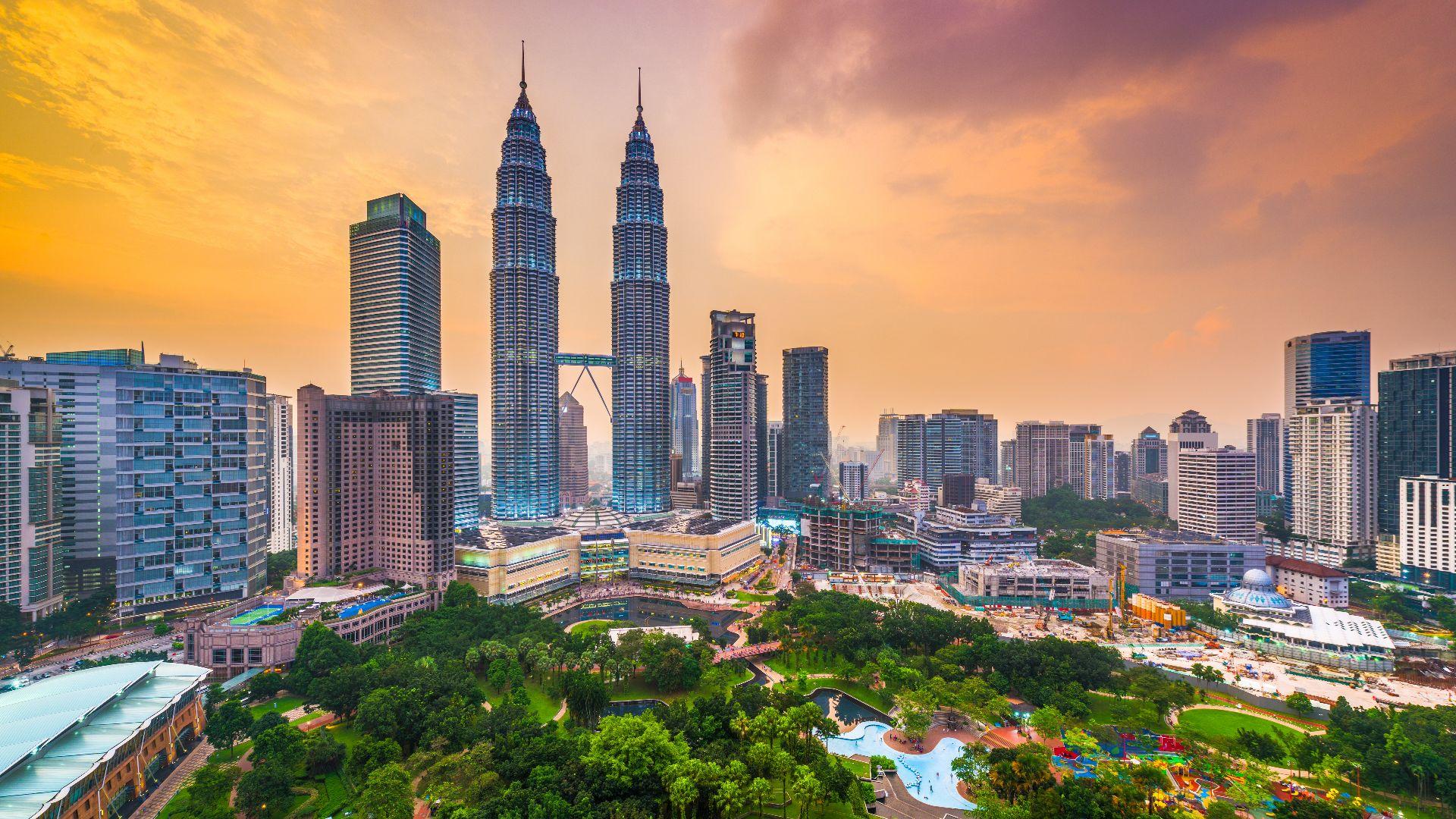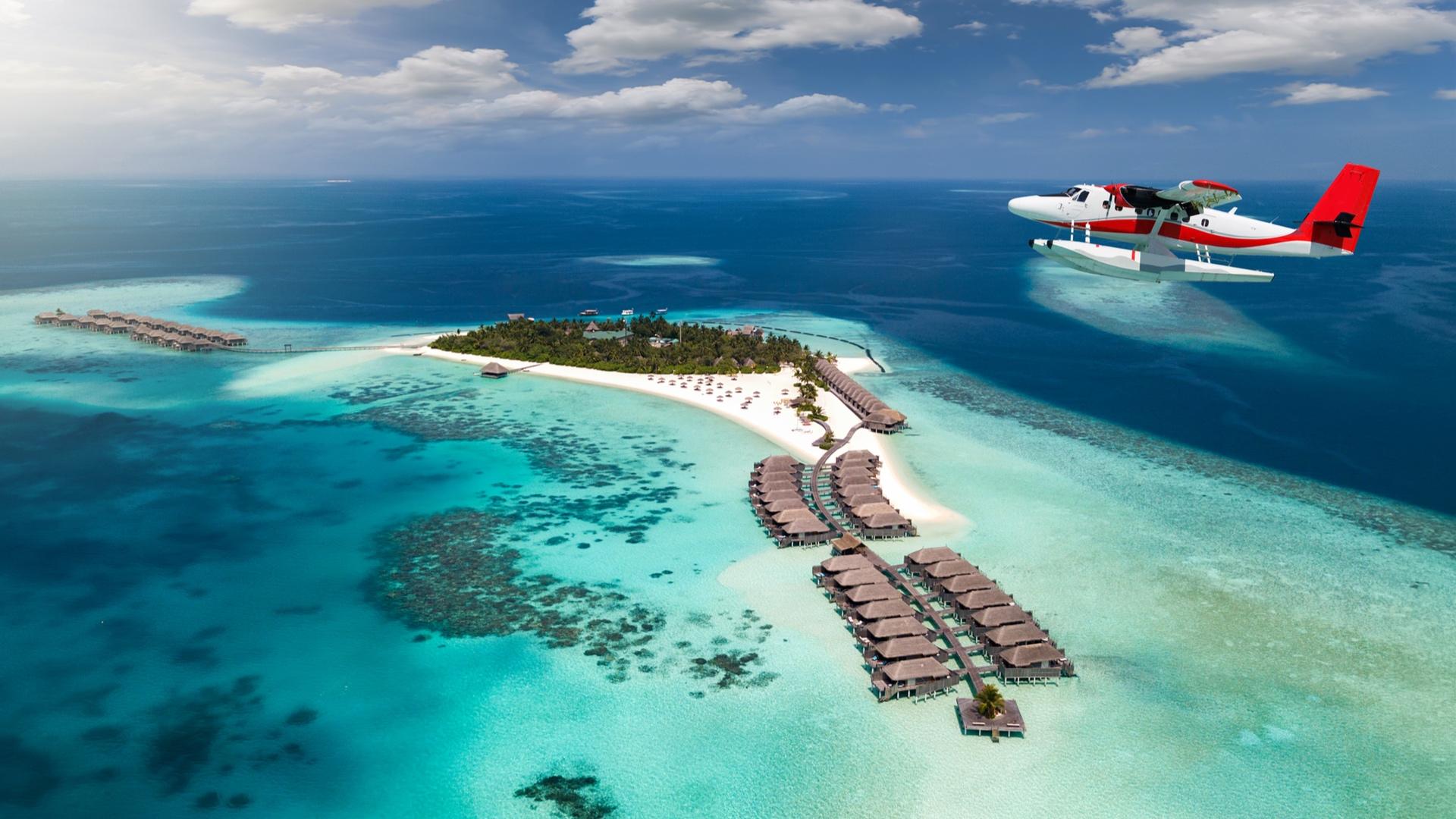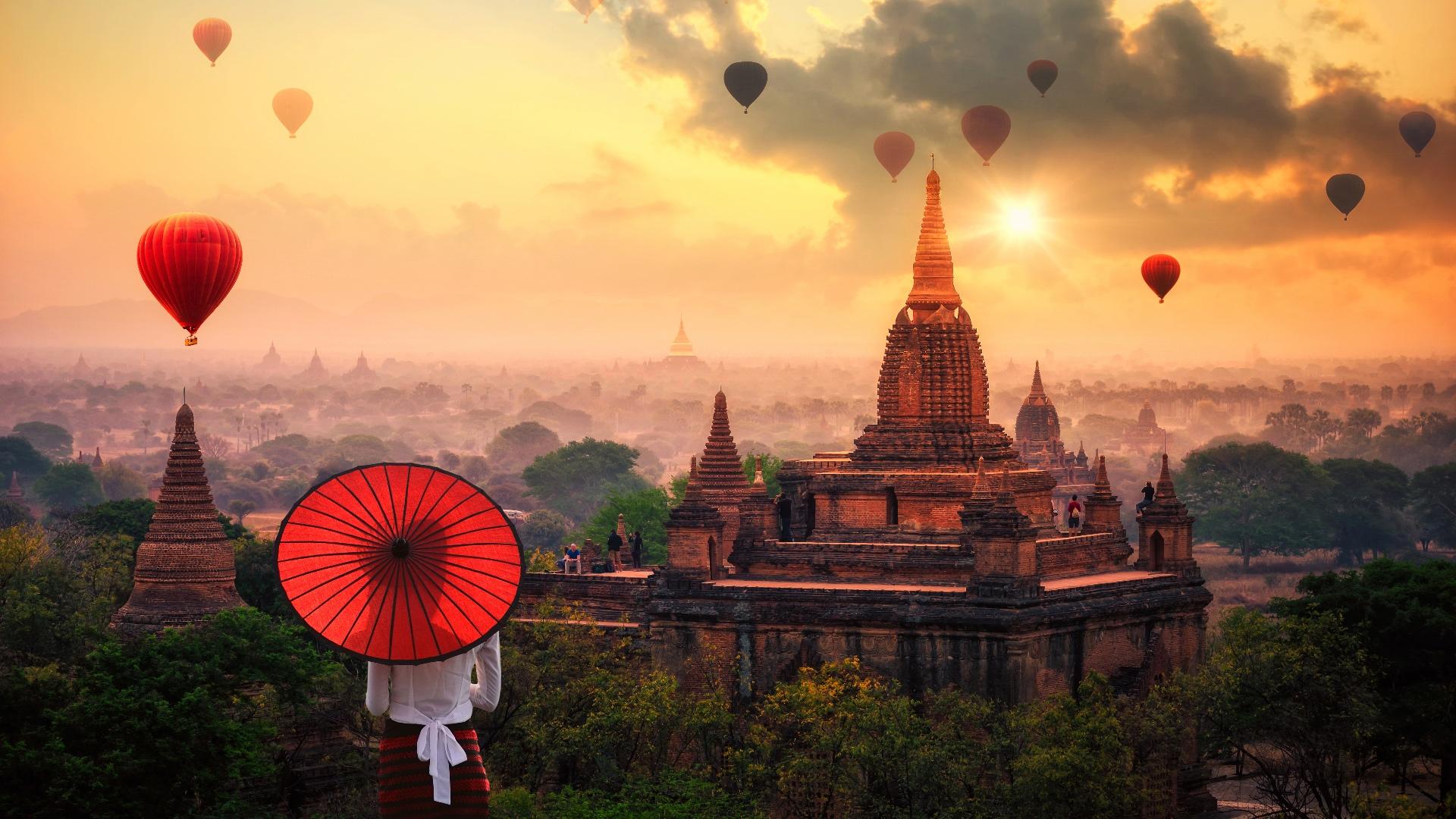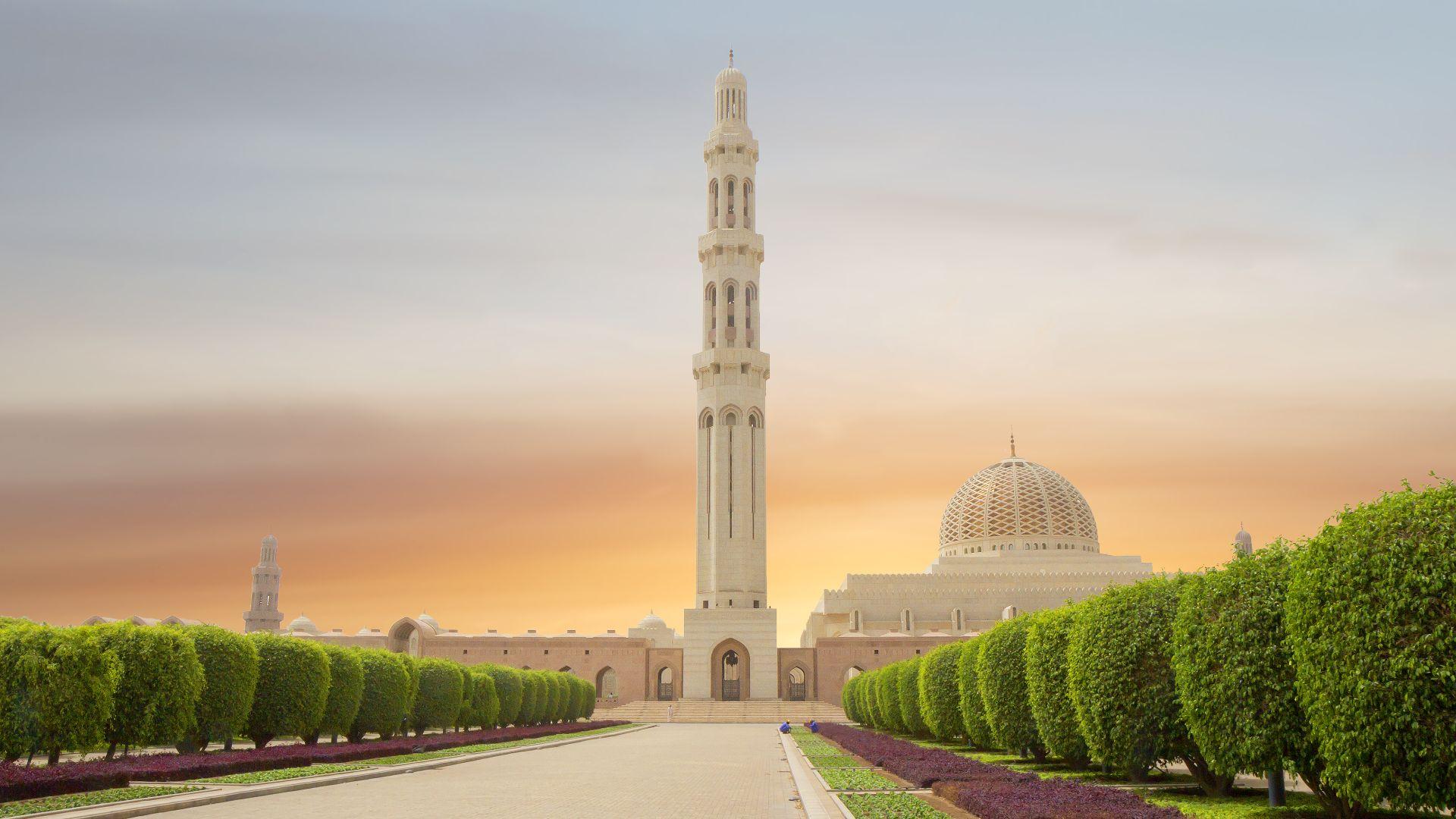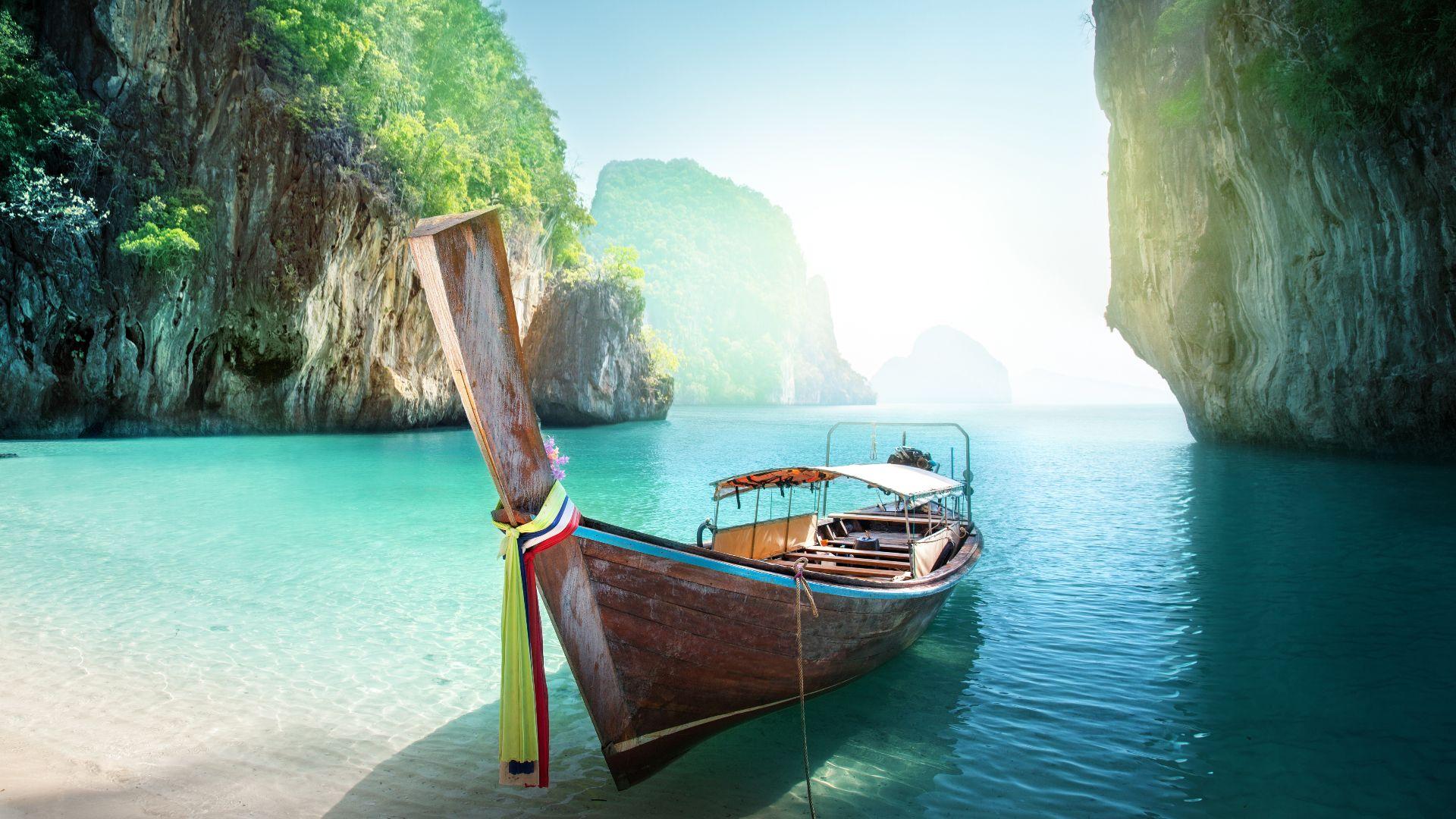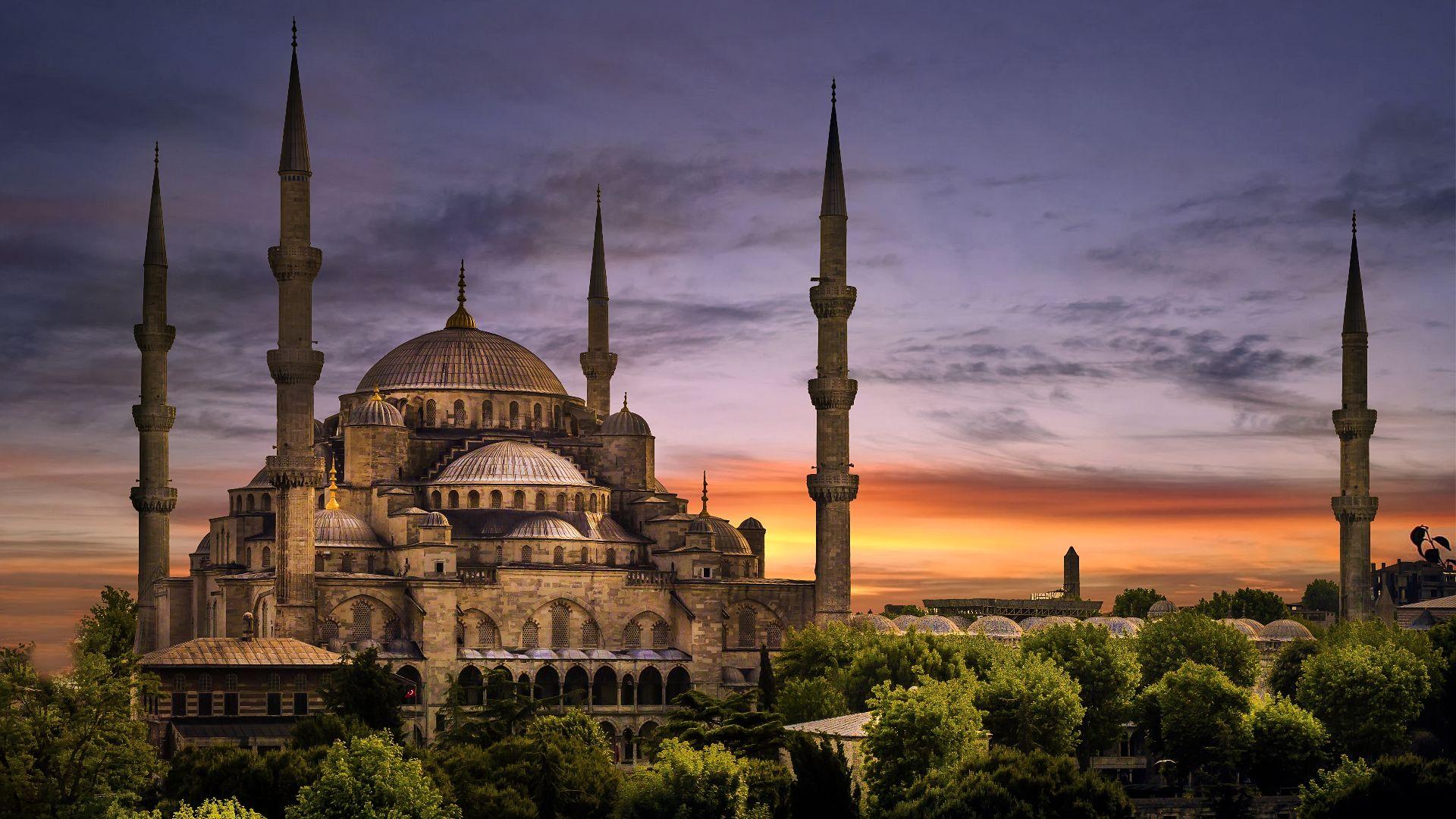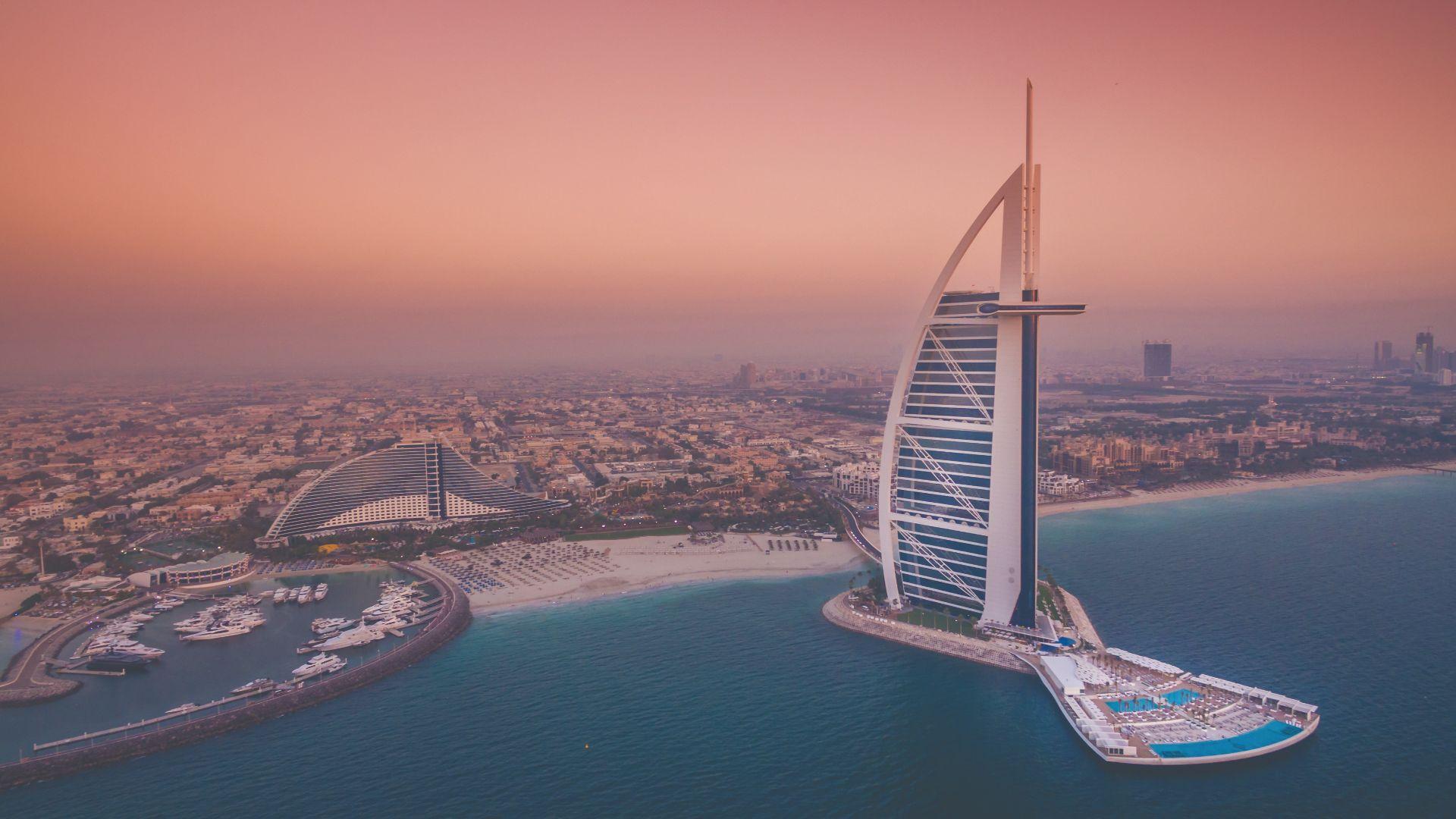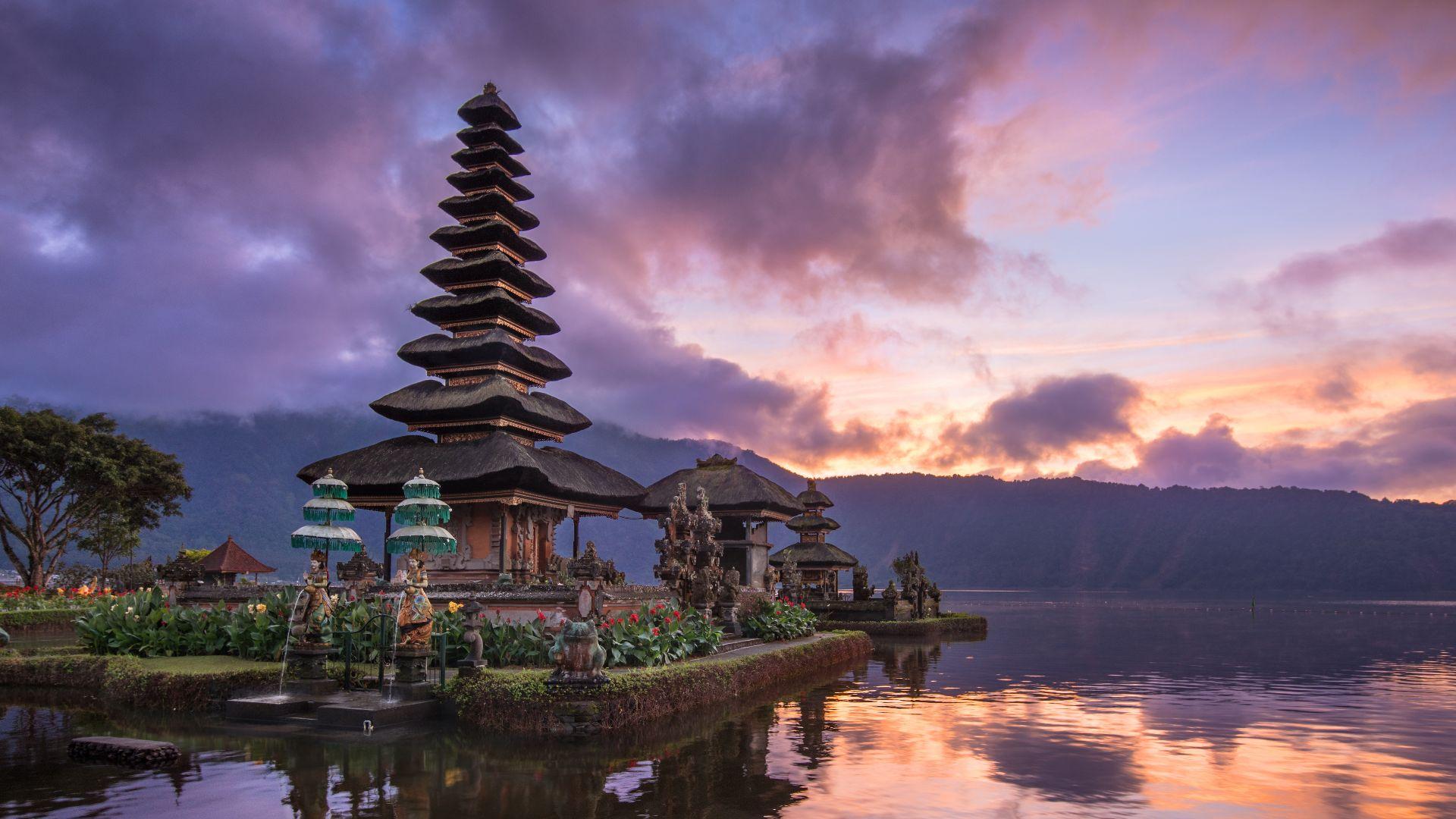
Sri Lanka
Basic information
This diverse island south-west of India is the right place if you want adventure. Beautiful nature, wild beaches, and impressive monuments are the main attractions of the country. Sri Lanka has 24 nature reserves protecting various species of deer, Asian elephants, leopards, primates, and some 250 species of birds. The island’s history dates all the way back to 543 BCE. A number of striking ancient temples and monuments stand there to this day, including eight UNESCO World Heritage Sites, such as the ancient cities of Anuradhapura and Kandy. You should also visit the ancient rock fortress of Sigiriya, towering at an altitude of 200 metres, offering unique views of the surrounding nature. The greatest pride of the site are eighteen frescoes depicting semi-nude women. The former Dutch outpost, Galle Fort, is home to unique European architecture and a diverse history. The capital of Colombo on the western coast is the country’s largest city, and was also the country’s capital during the British colonisation. Nowadays, it is a bustling, modern centre of industry and culture. Lovers of tea, coffee, and spices have reached their destination. Sri Lanka is undoubtedly the centre of tea power. The British were responsible for the spread of tea planting on the island, as coffee and cacao trees had been mainly planted there until the mid-19th century. Unfortunately, rust fungi destroyed these plantations and their owners had to find a replacement – tea. More than 300,000 tonnes are exported from Sri Lanka annually, about 90% of the world production.
Weather and location
It may sound like a cliché, but Sri Lanka is suitable for visiting all year round, although December to mid-April are considered the best months. Temperatures are fairly constant throughout the year. They average around 25–30 °C on the coast and 15–18 °C at higher altitudes. If you are travelling during the summer months (May to September), head towards the east coast, where the weather tends to be dry and sunny, as the west and south-west coasts are rainy at this time. On the other hand, the west and southwest enjoy favourable weather conditions during the winter months (November to April) when the monsoon season hits the east and north of the country.
